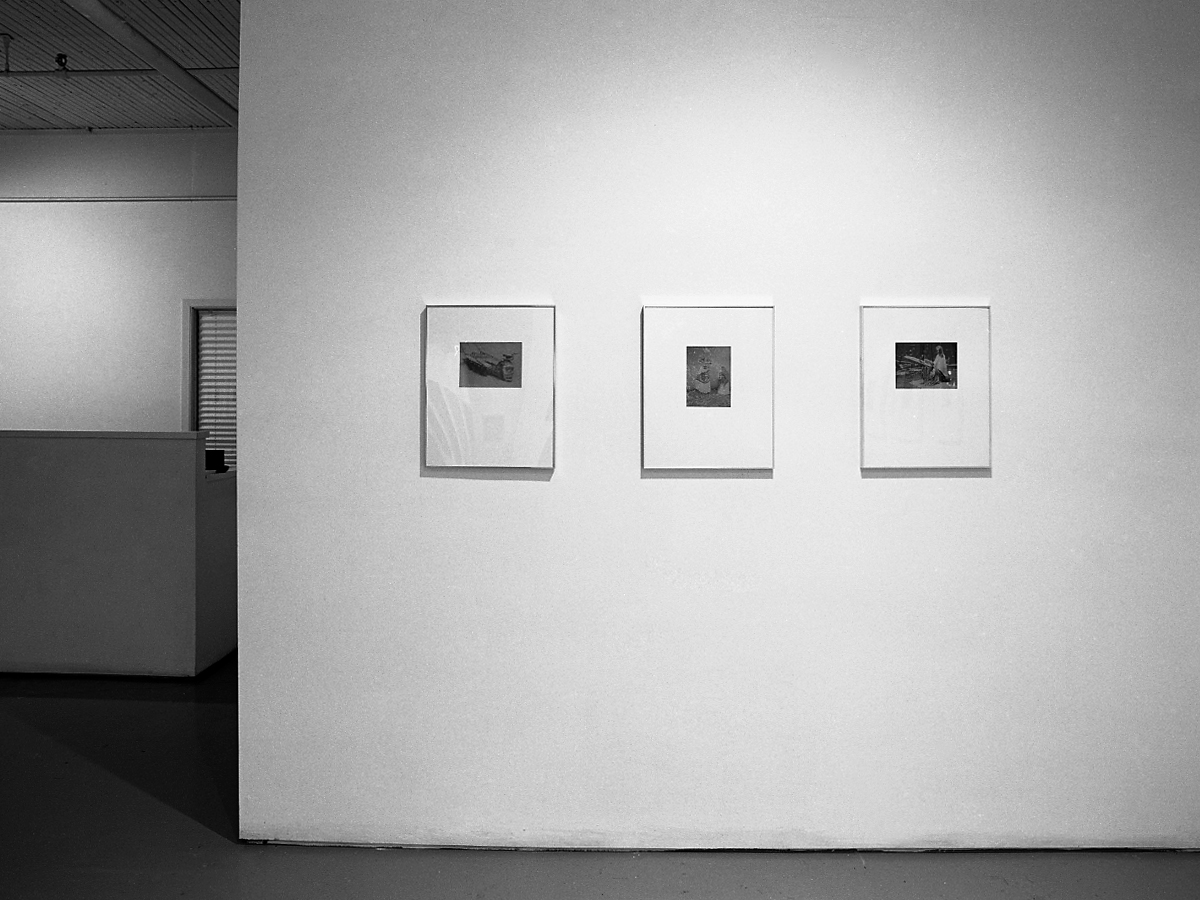East Gallery:
This exhibition at Mercer Union brings together a series of works by American photographer Edward Sheriff Curtis (1868-1952) executed in co-operation with the Kwakiutl Indians in British Columbia. The exhibition, comprised of approximately 25 photographs, represents a section of images excluded from Curtis' twenty volume study, The North American Indians. The images were withheld by the publisher, censored for being "too gruesome".
These photographs, taken on Canada's West Coast between 1910 and 1914, are part of a collection of 130 cyanotype contact prints, silver gelatin photographs and gravures purchased by the Edmonton Art Gallery in 198. The cyanotypye, or blueprint, is made through a printing process based on the sensitivity of iron salts. First successfully demonstrated by Sir Jon Herschel in 1840, the light-sensitive emulsion consists of a mixture of ferric ammonium citrate and potassium ferricyanide which darkens when exposed to light. The emulsion is coated on paper and after exposure it is processed simply by washing in water to remove the unexposed emulsion.
The cyanotypes in this collection are unique prints made on location as inexpensive proofs. Curtis may have made these contact prints as a means of checking the quality of his negatives. Access to many of the Indian villages on the Coast errors or inconsistencies before leaving the area. These proofs are, therefore, the first prints made from the negatives.

